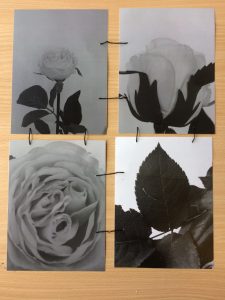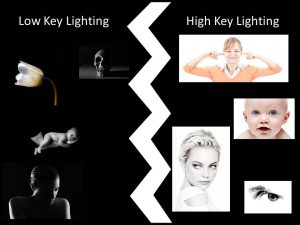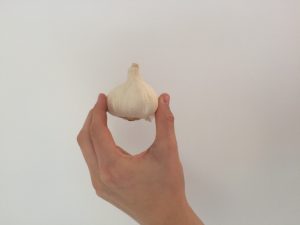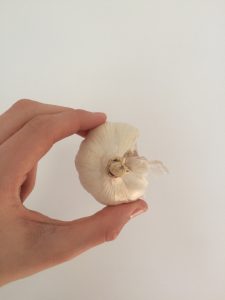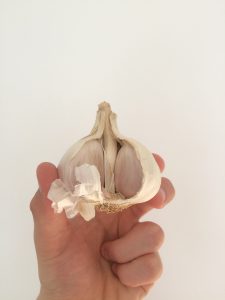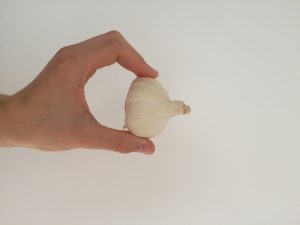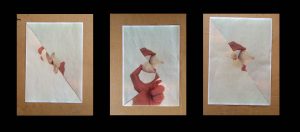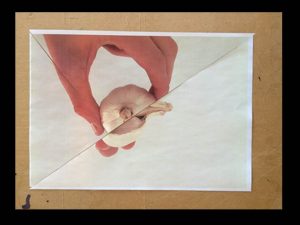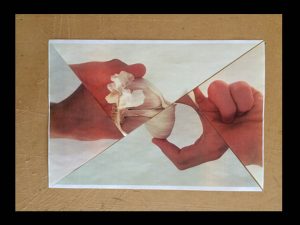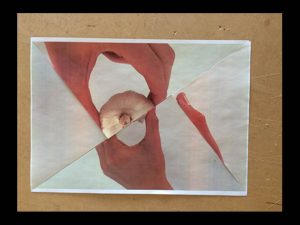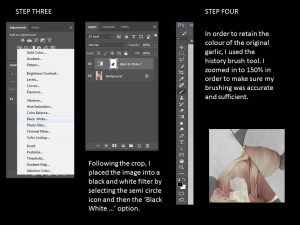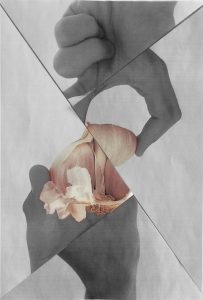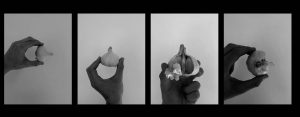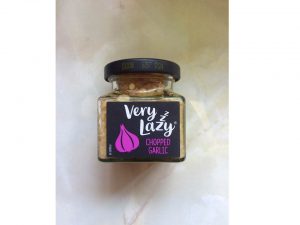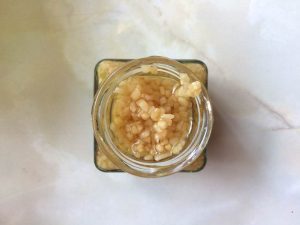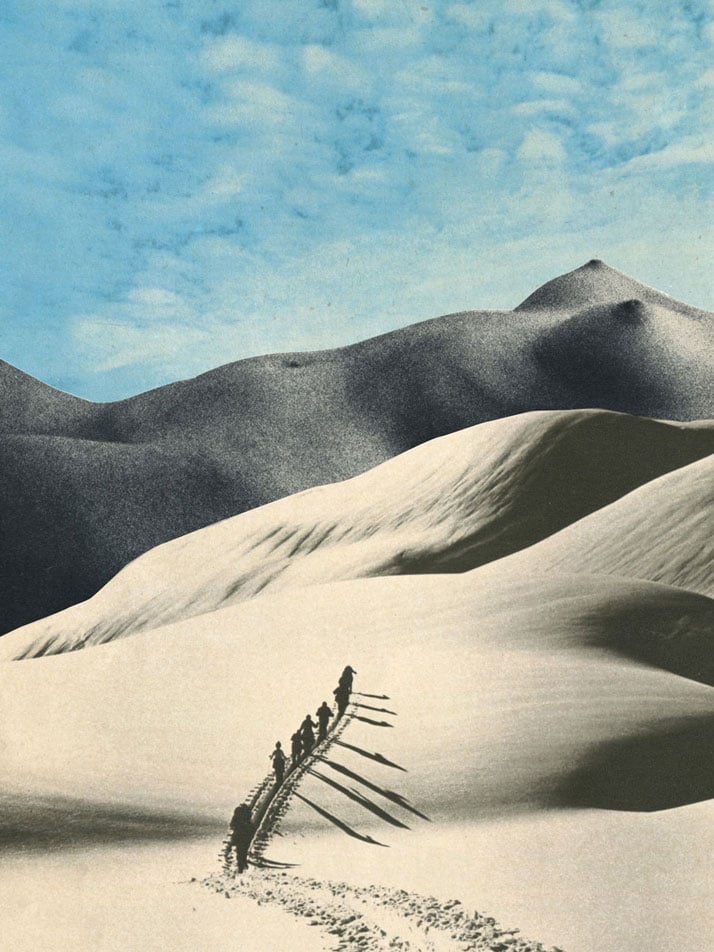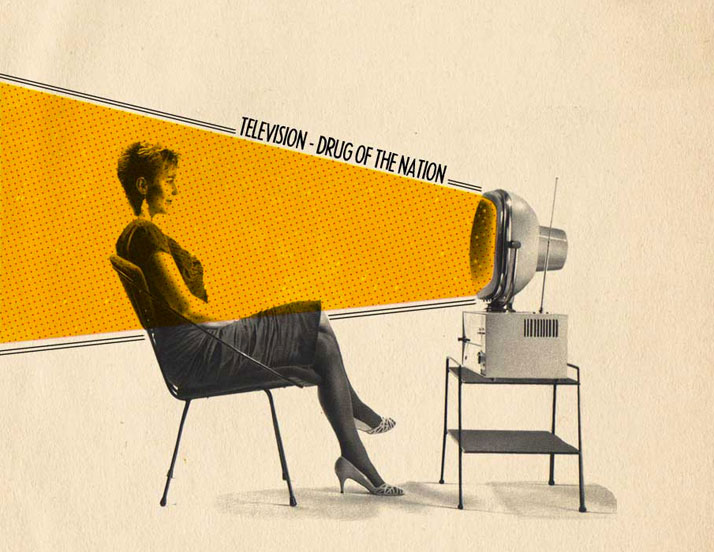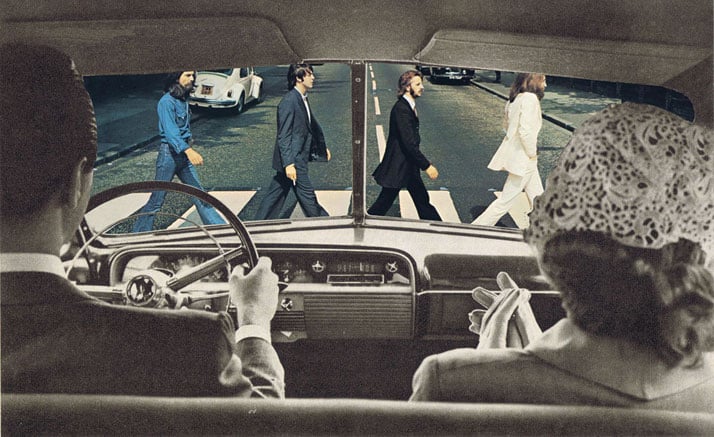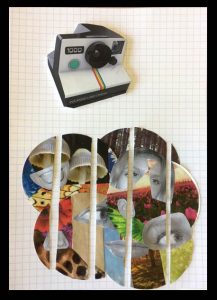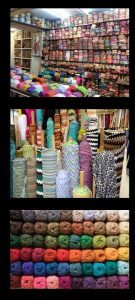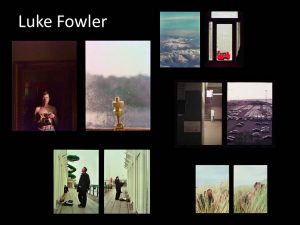Tanja Deman is a contemporary photographer from Croatia and is currently based in the small English island of Jersey. She has developed a very specific photographic theme due to following her interests in space, physical and emotional connection to a place and her relationship to nature. Observing recently built legacy or natural sites her work investigates the sociology of space and reflects dynamics hidden under the surface of both the built and natural environment. As well as being a cutting edge photographer, Deman also incorporates collage, video and public art, demonstrating her versatility not only as a photographer but an artist in general.
Deman is clearly a success in and out of Jersey as she has won numerous awards, including the 2017. Archisle International Photography Award, Jersey, UK. – http://www.tanja-deman.com/ABOUT



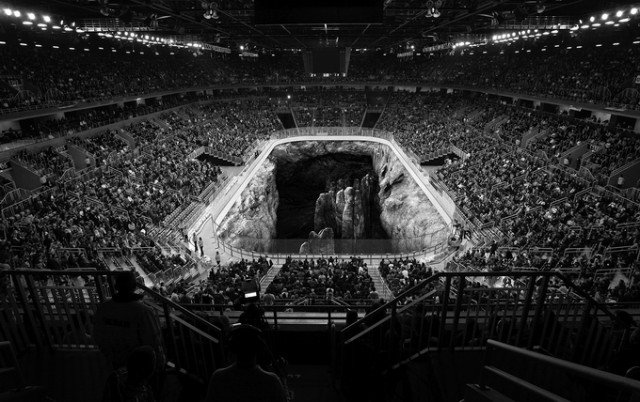



Fortunately for the photography students at Hautlieu school, we’ve been able to attend a workshop at Société Jersiaise, an organisation created in 1873 for the study of Jersey archaeology, history, natural history, the ancient language and the conservation of the environment. During Deman’s workshop we gained knowledge onto how to function the local archives which are preserved by the organisation. The experience was quite shocking as we discovered a rather rural Jersey, particularly Saint Helier. Deman also presented her images that she had taken of the Western coast of Jersey as well as Sark. The images were generally of the distinctive Channel Island rock that shelters our islands but also included unique photos of rocks underwater. This collection of images contributes to her ‘Saltwater’ series – http://www.tanja-deman.com/WORKS/Saltwater




The experience did not only provide an element of nostalgia as our recluse island has become too modernized but it was also very interesting to study Deman’s individual and alternative approach to following her interests through art and photography.


